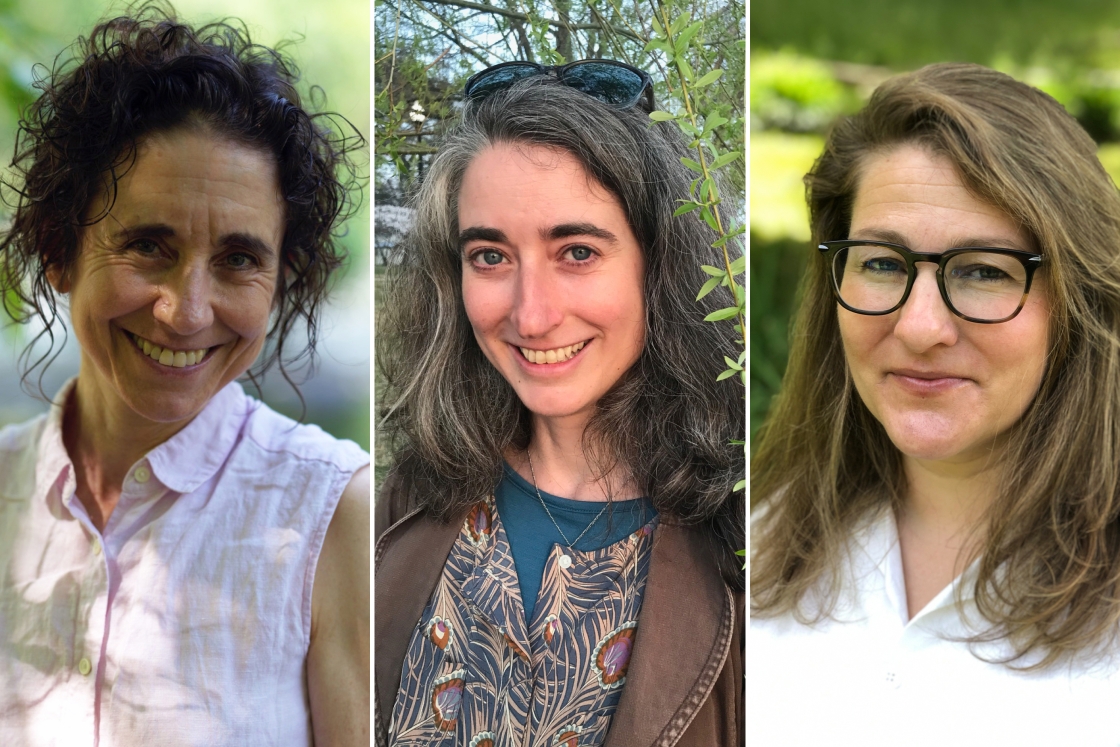Nov. 20, 2015
Anne Kapuscinski, a professor of environmental studies at Dartmouth College and the new board chair of the Union of Concerned Scientists, is available to comment on the implications of the Food and Drug Administration’s approval of a genetically engineered salmon as fit for human consumption. The salmon is the first genetically altered animal to be cleared for U.S. markets. Its approval could further plans to develop other genetically modified animals, which the FDA regulates as veterinary drugs because the agency says the inserted genes meet its definition of a drug. The White House is reviewing the FDA’s framework for regulating genetically engineered products. Kapuscinski is an internationally known expert in sustainability science whose research has examined the impacts of technologies -- from dams and hatcheries to aquaculture and genetic engineering -- on fish conservation. “This approval shows us how the FDA will apply the drug law to more applications to farm genetically engineered salmon,” she says. “More applications are coming because this first approval applies to a small farm in Panama that will barely make a dent in the global market of farmed salmon. I see incremental improvement in how the FDA applied science in the environmental assessment, but I don’t see the scientific quality required to assess many larger applications. ”This worries me because the drug law forces the FDA to keep secret a genetically engineered animal’s environmental assessment unless the applicant wants it to be public. The environmental impact of this GE salmon approval hinges on keeping it from getting out into nature. The FDA concluded it is environmentally safe because the hatchery in Canada and farming operation in Panama have multiple, complex barriers to escape, but it will be a real challenge to scale up this approach to many and larger salmon farms. This is why my comments to the FDA urged for a quantitative analysis of possible failures in the confinement measures, which are easy to do for this application. I urged the FDA to model the scientific rigor the agency will expect in future applications. The FDA seems to have read my advice but chose to interpret it very narrowly and decided to not require a quantitative failure mode analysis.“ Professor Anne Kapuscinski is available to comment at Anne.R.Kapuscinski@dartmouth.edu.

